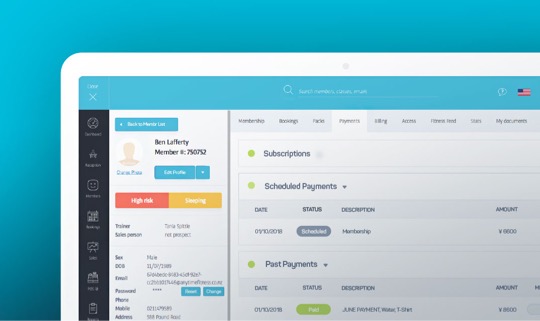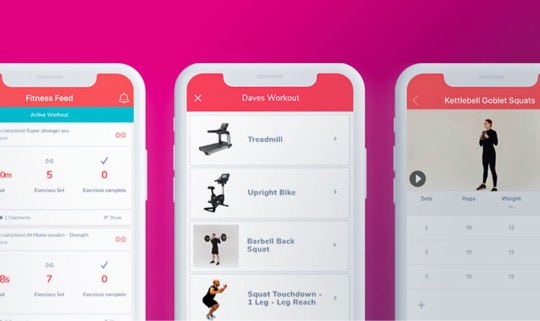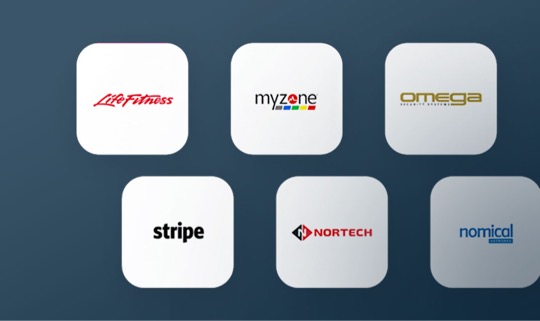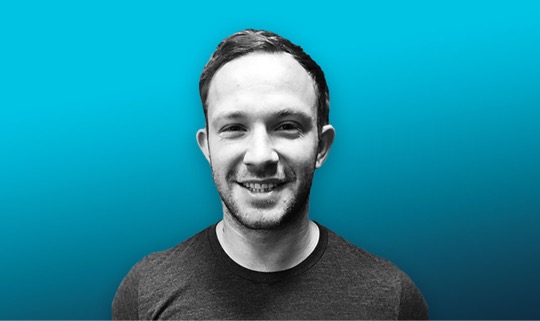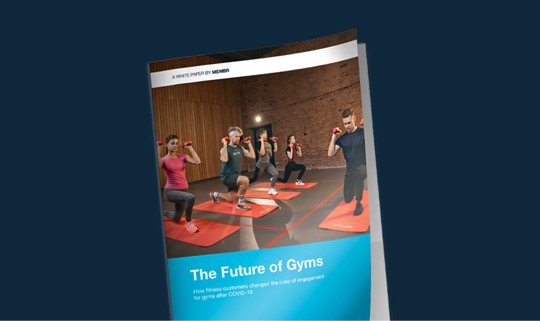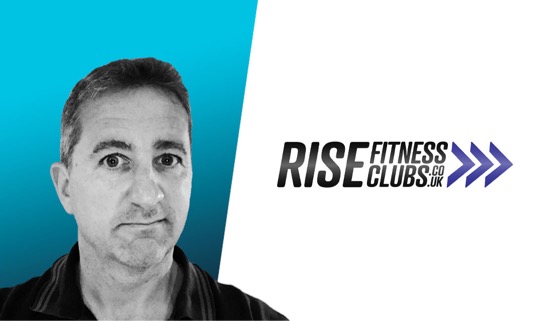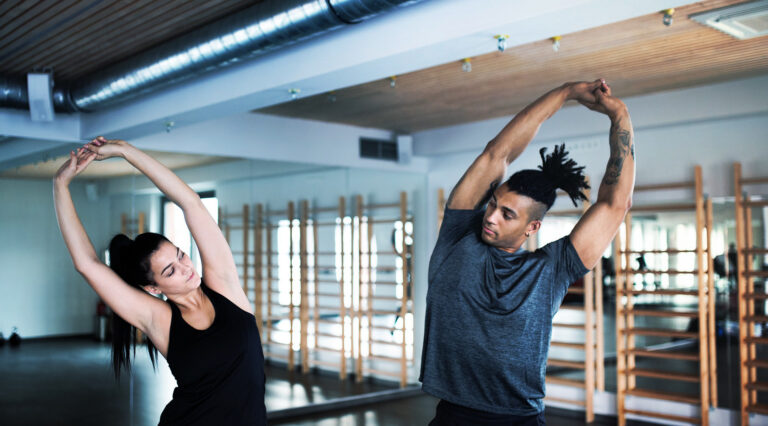Members join the gym and continue to pay for their membership with a clear objective — to achieve a goal!
This goal differs from one person to the other and it can vary from a minor lifestyle improvement to a big health change. From time to time members, however, don’t know exactly what their goal is or should be. Other times gym-goers are not yet ready to openly talk about what they want to achieve by singing up for a gym membership.
For example, Sarah may come and tell us that she wants to lose weight, and tell us she wants to hit a target weight. Great! But what will that achieve?
More confidence and a self esteem boost? Sure. Perhaps Sarah wants to prove to herself that she can set goals and achieve them — great!
All of these reasons are valid, but members like Sarah will likely only tell us about their weight target. They will not, however, discuss that they are fighting with an underlying confidence issue in their appearance, which affects their social relationships and so on. So reading between the lines is as important as listening to your members!
How can we then help our members like Sarah to achieve their goals?
Welcome every new exerciser as part of your fitness community and really listen to what they want to achieve, so that you can support them in the best way you can. This is where the personalised programme element kicks in!
We need to encourage all of our members to form a healthy, active lifestyle. One that includes regularly coming to the gym. Promoting habit formation at the start of the membership journey is crucial.
Think of how you welcome members as the building blocks of the members’ experience with your brand and your gym. Keep reading to find out more about the 3 big Rs you should consider when reinforcing habit formation with your gym members!
. . .
1. Reminders
Let’s look at John who just joined the gym. He is at the ‘Action’ stage of the decision making process. We know this because of the trigger that caused John to join. Now is the time for us to start working on the habit formation while John is at the most motivated state of mind.
Since John is a new member at the gym, it’s good to remember that first impressions last. Make the welcome journey all about the member, how can you help JOHN.
Once you learn a little bit more about John, you can then suggest ways in which what you have in place in-club or online will help him.
Share stories of other members with similar experiences as a reminder that new members are not alone, they are now part of a community.
But don’t think this only applies to new members. Existing members will go through natural cycles and may occasionally change direction, for example when there is a specific event that they need to train for or after experiencing some injury. Keep an eye on changes in attendance patterns, but above all make sure that your team remain approachable, so that members have the confidence to reach out to the experts at the gym in times of need!
. . .
2. Routine
Finding a programme which John will ENJOY and help him achieve his goal is key. Yes, yes, I know, this one is a tough one, enjoyment and exercise don’t always come hand in hand. But the way I see it, if someone doesn’t like their exercise routine, it just means that they haven’t found the right form of exercise for them.
Your gym-goers may be doing the same workouts as their friends, or even what a trainer once sent over to them, but did the trainer make the plan personalised for that member?
The trouble here is that personal trainers want to feel that they are directly providing the solution within the gym where they train clients, but that is not how it usually works.
One day Tim, who is exercising close to John, is struggling to find the motivation to do his usual workout routine. His trainer approaches him and they start chatting: “I used to play sports when I was younger and found that training and playing with a team encouraged me to perform at my best, and even just turning up for training on a cold, wet Thursday evening as I didn’t want to let my teammates down…”
Tim’s trainer then replies: “Ok, great, have you got a workout buddy for when you are at the gym? Or would you like me to pick some good classes for you which will help you towards your goal, and to join and feel part of the gym team in the classes, our members all really enjoy the community aspect and I know they all help each other with motivation!”
This isn’t the usual response, I know. But it should be, and this can be tailored into the member’s programme for better results.
Find out what excites your exercisers, whether it’s cardio based workouts, strength based sessions, dance classes or even sports! Then help members create a routine and commit to healthy and happy habits from early on.
Members like Tim are more likely to stay on track with their gym routine and ultimately achieve their fitness goal with the support of your trainers, even if they are not always directly training together.
. . .
3. Rewards
Positive reinforcement can go a long way. Not just at the end of the goal period, but continuously throughout the entire membership journey, even every week.
When Tim completes a successful week, and clearly adheres to forming a habit of regularly exercising, praise them. Send automated and as personalised as possible messages, reach out to him in the club or give him a call to hear his thoughts about the progress he’s making. What matters is to say something that shows that his effort is being noticed.
Review how members are getting on, not just on how they did. Making adjustments throughout the programme will not only help exercisers to achieve his goal, but also allow you to be part of the journey.
Ask for permission to share the results with the rest of your gym community, which will help in multiple ways. Give a sense of recognition where it’s needed while also boosting the sense of community in your fitness club. Close the loop with sharing a successful story before you jump into the next habit formation pattern with the next gym-goer.
. . .
At the core of forming habits and successfully achieving a goal there is always a structured, personalised and progressive plan. Make room for improvements along the way and really listen to what members need, so that you can help them succeed and ultimately increase the overall retention at your gym.
A goal without a plan is only a dream…
A plan, in other words, might as well be a fitness programme!
